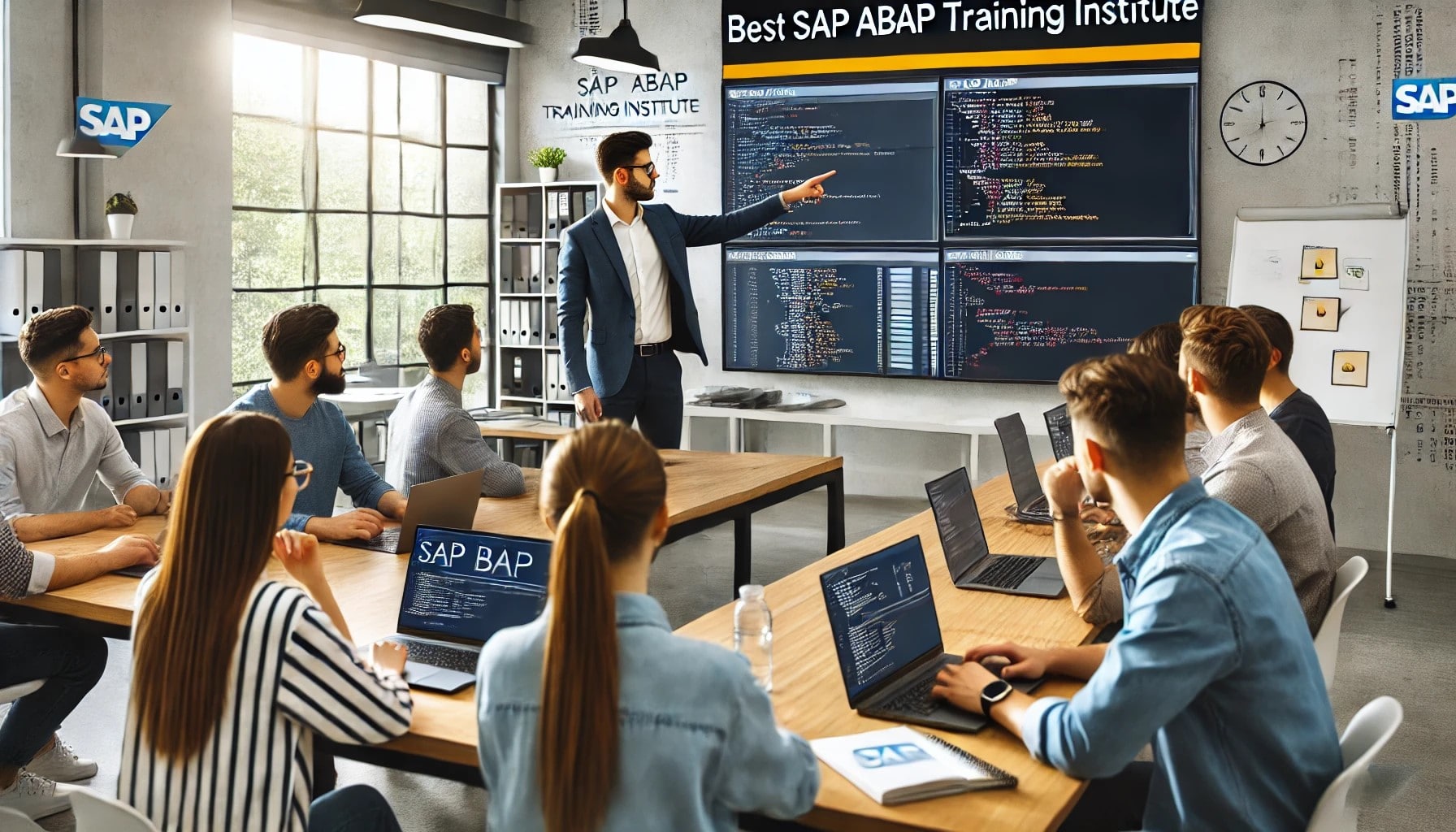Best SAP ABAP training institute in Marathahalli Bangalore

Best SAP ABAP training institute in Marathahalli Bangalore
PragimTech is a leading SAP ABAP training institute in Bangalore, offering both classroom and online training. Our expert Python trainer has over 20 years of experience, and in 2024 alone, we successfully placed over 2,000 students in top companies like IBM, Dell, Microsoft, Mercer, HCL, and TCS. Our comprehensive training covers everything from the fundamentals to advanced concepts. For insights on placements, feel free to connect with our previous batch students.
To enroll, call us at +91 99456 99393 or email us at pragim@gmail.com.
SAP ABAP Interview Questions & Answers
What is SAP ABAP?
SAP ABAP (Advanced Business Application Programming) is a high-level programming language created by SAP for developing business applications in the SAP environment. It is primarily used for customizing SAP ERP systems, creating reports, and developing applications.
What are the key features of ABAP?
- Platform-independent (Runs on SAP NetWeaver)
- Integration with SAP modules (FI, MM, SD, etc.)
- Database-independent (Supports multiple databases)
- Event-driven programming
- Rich debugging and performance tuning tools
What is the difference between SAP and ABAP?
SAP is an enterprise software company that provides ERP solutions, while ABAP is a programming language used within SAP systems to develop applications and custom functionalities.
What are the different types of programs in ABAP?
- Executable Programs (Reports) – Standalone applications like Classical, Interactive, and ALV reports.
- Module Pool (Dialog Programs) – Used for complex user interfaces.
- Function Groups – Collections of function modules.
- Class Pools – Used for Object-Oriented programming.
- Interface Pools – Define reusable interfaces.
What is an ABAP Data Dictionary?
ABAP Data Dictionary (DDIC) is a central repository that stores and manages metadata (tables, views, types, etc.) used in SAP applications. It ensures data consistency and reduces redundancy.
What are the different types of tables in SAP ABAP?
- Transparent Tables – Physically exist in the database and match the ABAP dictionary structure.
- Pooled Tables – Logical tables stored in a common table pool in the database.
- Cluster Tables – Physically grouped together to optimize performance.
What is an internal table in ABAP?
An internal table is a temporary table stored in memory that holds data at runtime. It is used for data processing, storing, and manipulating large datasets efficiently.
What is the difference between SAP GUI and ABAP Workbench?
- SAP GUI (Graphical User Interface) is the front-end client used to interact with SAP applications.
- ABAP Workbench (SE80) is an integrated development environment used to write, test, and debug ABAP code.
What are the different types of ABAP editors?
- SE38 – ABAP Editor for writing and executing programs.
- SE80 – ABAP Workbench with advanced development tools.
- Eclipse ADT (ABAP Development Tools) – Modern ABAP development environment.
What is the difference between classical reports and ALV reports?
- Classical Reports – Simple list-based reports without formatting or interactivity.
- ALV (ABAP List Viewer) Reports – Enhanced reports with sorting, filtering, and exporting capabilities for better user experience.
